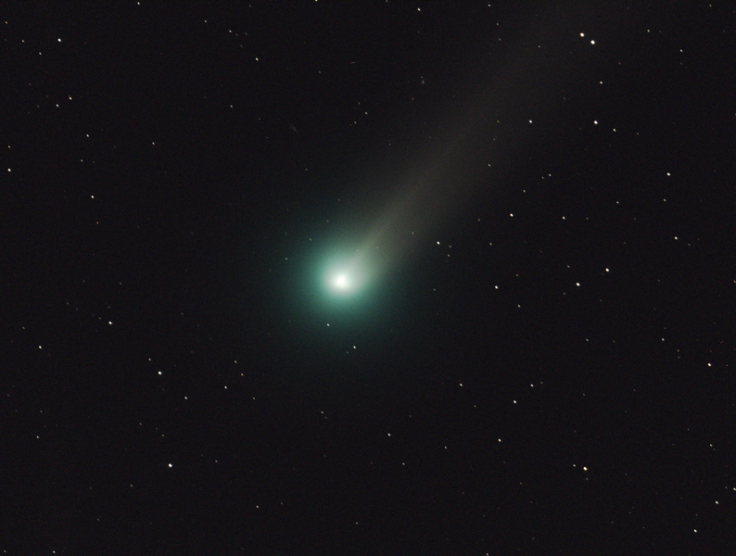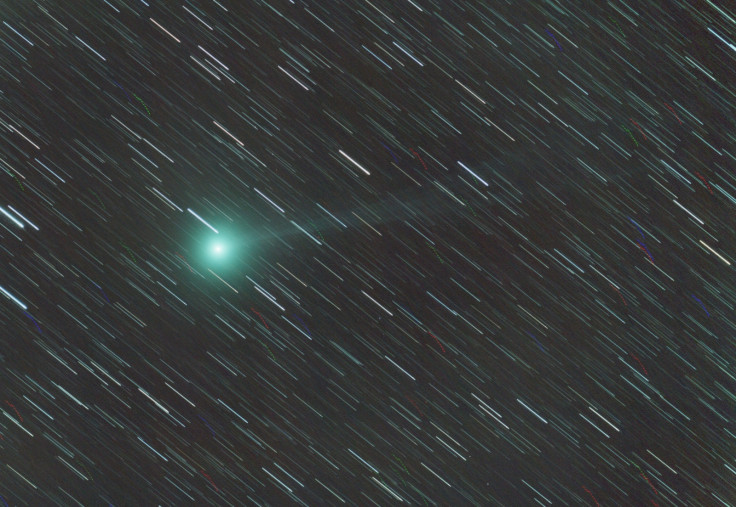New Year 2015 welcomed by once-in-a-lifetime Comet Lovejoy

The newly discovered Comet Lovejoy is expected to be visible with the naked eye throughout January before disappearing for another 8,000 years.
The comet was discovered by amateur astronomer Terry Lovejoy in August from his observatory in Australia. It is the fifth comet he has found in the last seven years and is officially catalogued as 2014 Q2.
Images of Comet Lovejoy have already been appearing after it brightened unexpectedly throughout November and December.
It is due to peak on 10 January, when it will become a magnitude 4.4 comet. The brightest stars are magnitude 0 and 1.
Comet Lovejoy will be visible with the naked eye, although stargazers will have a better chance of seeing it with a pair of binoculars or small telescope.
It will pass closest to Earth, at 70 million km, on 7 January. For people viewing in the Northern Hemisphere, the comet will move to the northwest of Lepus into the constellation Eridanus the River. By 9 January, it will be in front of Taurus.
Dieter Willasch, whose photograph of the comet was picked by Nasa for Astronomy Picture of the Day, said: "Comet Lovejoy has become visible to the unaided eye. To see the comet, just go outside an hour or so after sunset and look for a fuzzy patch to the right of Orion's belt.

"The nucleus of Comet Lovejoy is a giant dirty iceberg that is shedding gas into a long and intricate ion tail, extending across the image, as it nears the Sun.
"The comet is expected to become even easier to spot for northern observers during January, as it is rises earlier and, hopefully, continues to brighten."
Writing for the Conversation, Tanya Hill, from the University of Melbourne, explained where Comet Lovejoy's green glow came from: "The colour is likely due to the presence of two gases – cyanogen (CN)2 and diatomic carbon (C2) – which glow green when their molecules are ionised or excited.
"Ionisation causes electrons within the molecules to gain energy and when the electrons drop back down to their normal state, they give off light of a certain wavelength. For these molecules they emit green light and since they are very strong emitters, their green colour dominates the comet."
By February, Comet Lovejoy should disappear again along its orbit. It will head back out to the Oort cloud and will not reappear until about 10,015 CE.
© Copyright IBTimes 2025. All rights reserved.






















